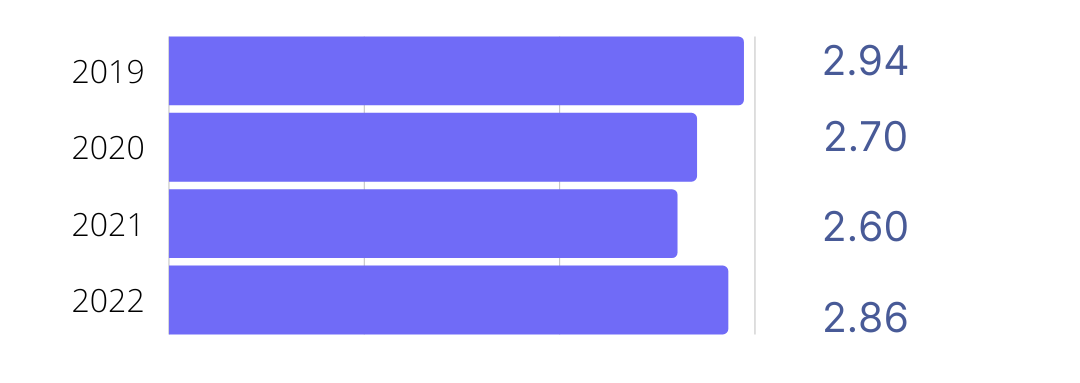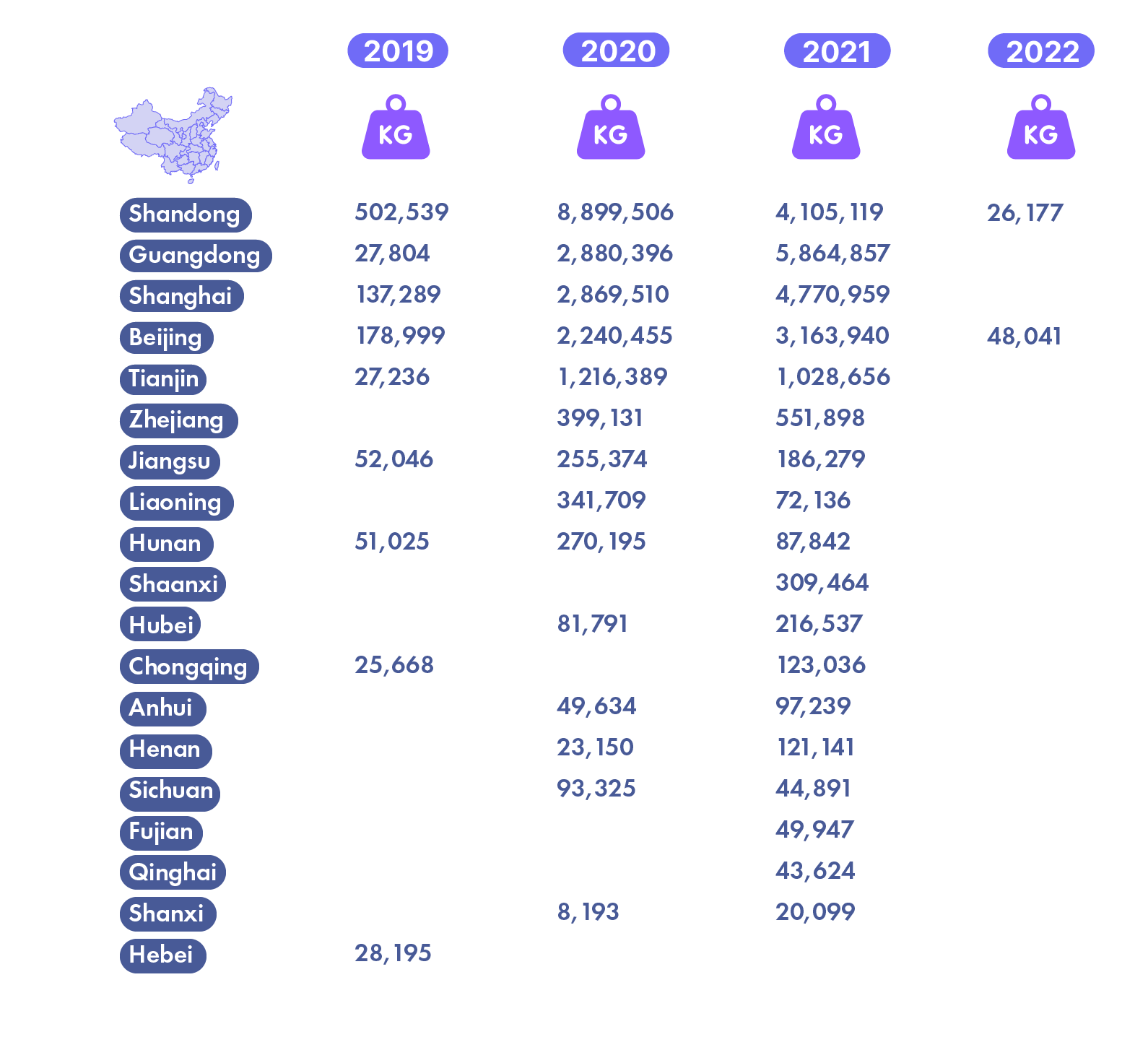
USA- Evolution and poultry price Why does China demand so much chicken?
30 de August de 2022
Canada – Pork exports (July 2022)
31 de August de 2022Argentina is among the Latin American countries that export the most pork to China, having experienced growth from 2019 to 2021, with a small break in this 2022. According to industry analysts, this sharp drop is the result of China's curb on imports, which increased production after the swine fever shock.

Evolution of tons of pork exported
From 2019 to 2020 allowed Argentina to go from 1,000 tons to more than 19,500 tons exported to China, allowing the Latin American country to establish itself as a pork exporting region. This growth continued to increase, although not as considerably, in the following year, increasing the previous figures by 1,200 tons.
In 2022, the cutback in foreign shipments and the increase in imports are causing that, so far this year, Argentina has exported just over 48 tons of pork meat to China.

Price evolution
If we focus on the value of each kilo sold between 2019 and 2022, we can appreciate that in 2019 the kilo was sold at USD 2.94, currently these figures are below (USD 2.86 /kg). This is due, in part, to inflation and increased pork supply in other regions, driving globally down prices.

Provinces importing the most pork over the years
Let's pay attention to the different Chinese provinces where Argentina exports its pork. It quickly becomes apparent that Shandong and Guangdong are in the lead, with 13,500 tons and 8,770 tons respectively. Shanghai and Beijing are not far behind Guangdong, as the former imported almost 7,800 tons, reporting a total value of $19.4M, and the latter imported 5,631 tons with a total value of $16.1M.

Conclusion
It is clear that the inflation suffered in the Latin American country, the rise in imports and the cutback in foreign shipments. They are directly affecting Argentina's pork exports which has a direct impact on its economy and production quality. It is forced to reduce sales costs and, consequently, production costs. In this way, they will be able to offer their product at the price that is currently being paid on the international market.
Stay tuned! Subscribe to our blog.
Keep up about everything that happens in the Chinese market and optimize your strategy




